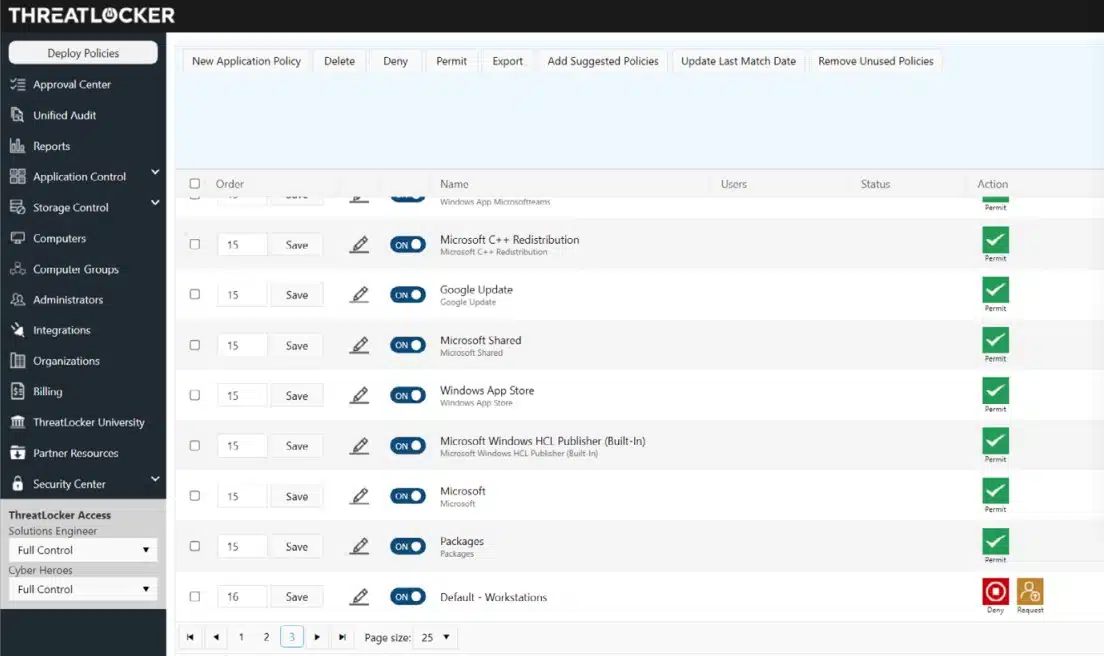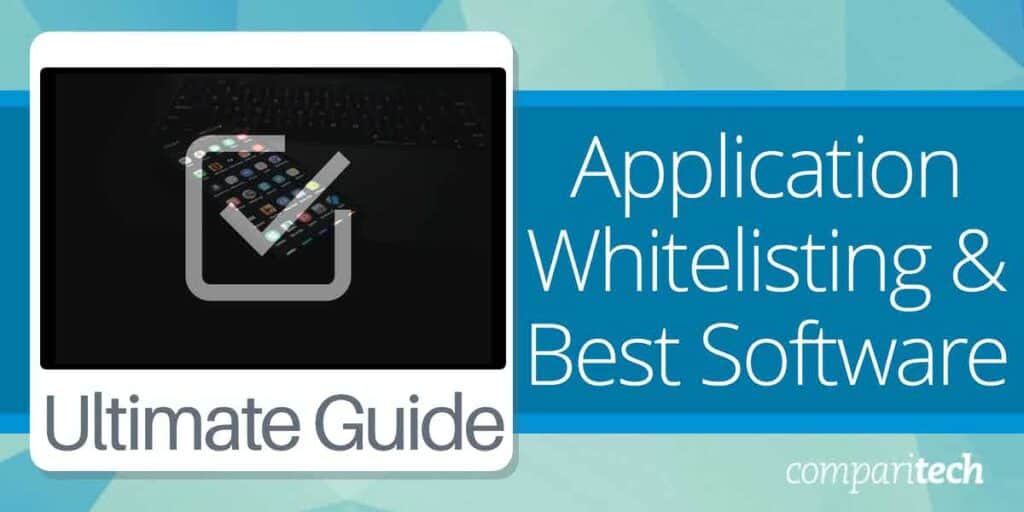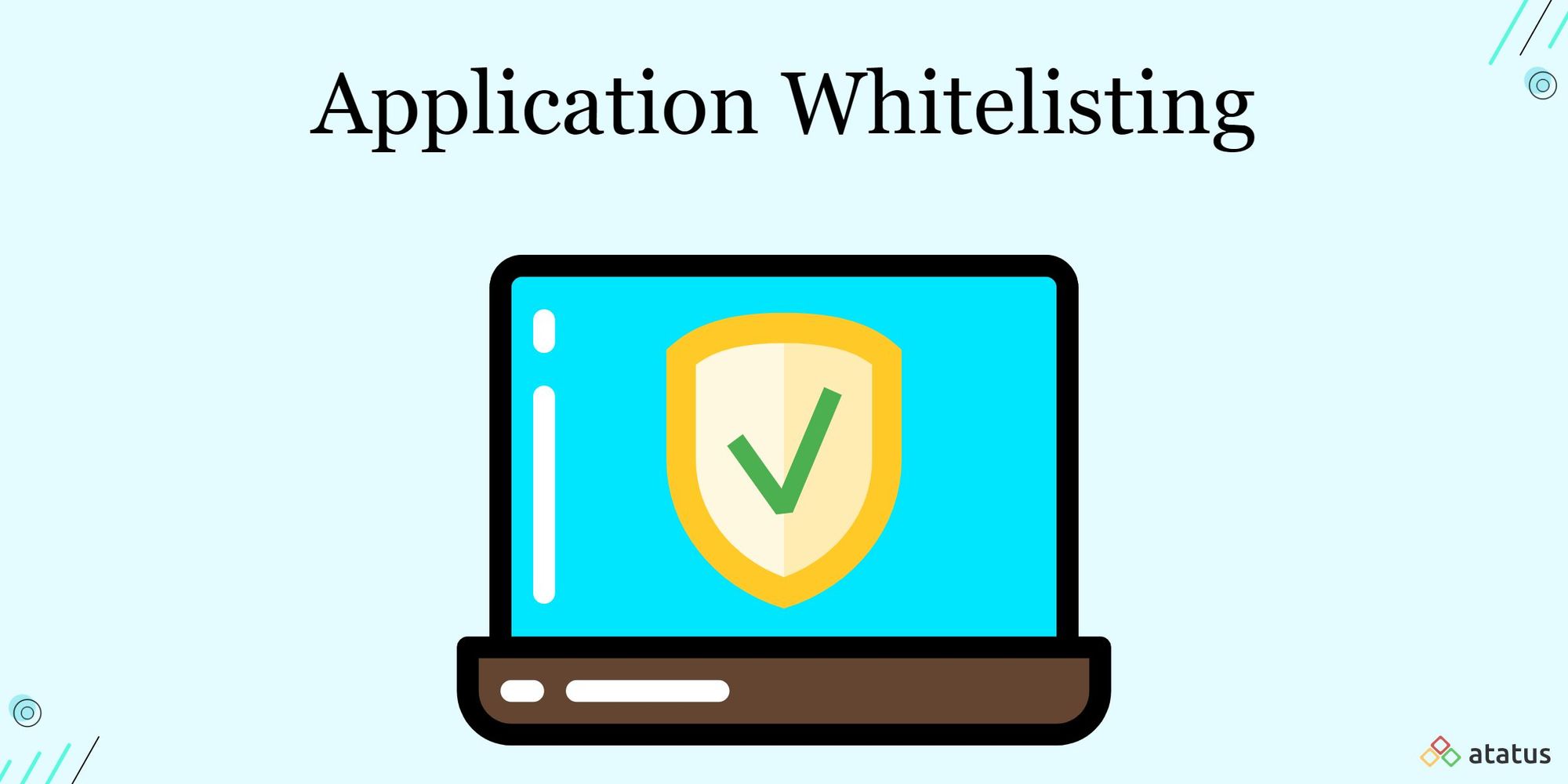Whitelist software plays a crucial role in enhancing cybersecurity measures across various industries. Dive into the world of whitelist software and discover its significance in safeguarding systems and data.
From defining what whitelist software is to exploring its different types and benefits, this comprehensive guide will shed light on how this technology can fortify your organization’s security framework.
Definition of Whitelist Software

Whitelist software is a cybersecurity tool that allows only pre-approved applications, websites, or programs to run on a system or network. It works by creating a list of trusted entities that are permitted to access the system, while blocking all other unauthorized sources.
Industries that commonly use Whitelist Software
- Financial institutions
- Healthcare organizations
- Government agencies
- Defense and military sectors
Purpose of Whitelist Software in Cybersecurity
Whitelist software plays a crucial role in enhancing the security of a network or system by proactively blocking potential threats. By only allowing approved applications to run, it significantly reduces the risk of malware, viruses, and unauthorized access. This helps organizations maintain the integrity and confidentiality of their sensitive data, ensuring a robust defense against cyber attacks.
Types of Whitelist Software

Whitelist software comes in various types, each serving a specific purpose in controlling access to certain applications or websites. Let’s explore the different types available in the market and their key features.
Application-Based Whitelist Software
Application-based whitelist software focuses on controlling access to specific applications installed on a device. It allows users to create a list of approved applications that can be accessed, while blocking all others. Key features of application-based whitelist software include:
- Granular control over individual applications
- Ability to restrict access based on user or device
- Enhanced security by preventing unauthorized software installations
- Increased productivity by limiting access to non-work-related applications
Network-Based Whitelist Software
Network-based whitelist software operates at the network level, controlling access to websites and online content based on predefined lists. This type of software is commonly used in organizations to enforce internet usage policies. Key features of network-based whitelist software include:
- Filtering of websites based on categories or URLs
- Real-time monitoring of internet traffic
- Customizable access controls for different user groups
- Integration with threat intelligence feeds for enhanced security
Benefits of Using Whitelist Software

Implementing whitelist software in an organization offers several advantages that can significantly enhance cybersecurity measures, improve system performance, and boost overall efficiency.
Enhanced Cybersecurity
- Whitelist software helps prevent unauthorized access to sensitive data and systems by only allowing approved applications to run.
- It reduces the risk of malware infections and cyberattacks by blocking unknown or malicious software from executing.
- By limiting the software that can run on a system, whitelist solutions provide a more secure environment for data and network protection.
Improved System Performance
- Whitelist software can streamline system operations by reducing unnecessary background processes and applications, leading to faster performance and increased efficiency.
- By allowing only approved programs to run, whitelist solutions minimize system conflicts and resource usage, resulting in smoother operation and better responsiveness.
- System maintenance becomes more manageable as whitelist software helps in identifying and removing unnecessary or outdated applications, optimizing system performance.
Considerations for Choosing Whitelist Software
When selecting whitelist software for an organization, there are several key factors to consider to ensure that the chosen solution meets the specific needs and requirements of the business. It is essential to evaluate the suitability of different whitelist software options through a systematic process that takes into account various aspects such as scalability and customization.
This guide will provide a step-by-step approach to help organizations make informed decisions when choosing whitelist software.
Scalability and Customization, Whitelist software
Scalability and customization are crucial considerations when selecting whitelist software for an organization. Here are some steps to evaluate these aspects:
- Assess the scalability of the whitelist software to determine if it can accommodate the organization’s current needs and potential future growth.
- Consider the ability of the software to adapt to changing requirements and scale up or down as needed without compromising performance.
- Evaluate the level of customization options available in the whitelist software to tailor it to the specific needs and workflows of the organization.
- Ensure that the software allows for easy integration with existing systems and technologies to maximize efficiency and effectiveness.
Ultimate Conclusion
In conclusion, whitelist software is a powerful tool that not only boosts cybersecurity but also improves system performance and efficiency. By carefully selecting the right whitelist software, organizations can strengthen their defense mechanisms and stay ahead of potential threats in the digital landscape.
Essential Questionnaire
What is whitelist software?
Whitelist software is a security measure that allows only approved applications, programs, or processes to run on a system while blocking all others.
Which industries commonly use whitelist software?
Industries such as healthcare, finance, and government sectors often utilize whitelist software to protect sensitive data and ensure regulatory compliance.
How does whitelist software enhance cybersecurity measures?
Whitelist software strengthens cybersecurity by reducing the attack surface, minimizing the risk of malware infections, and providing granular control over system access.
What factors should be considered when choosing whitelist software?
Key factors include compatibility with existing systems, ease of scalability, customization options, and the level of technical support provided by the software vendor.
